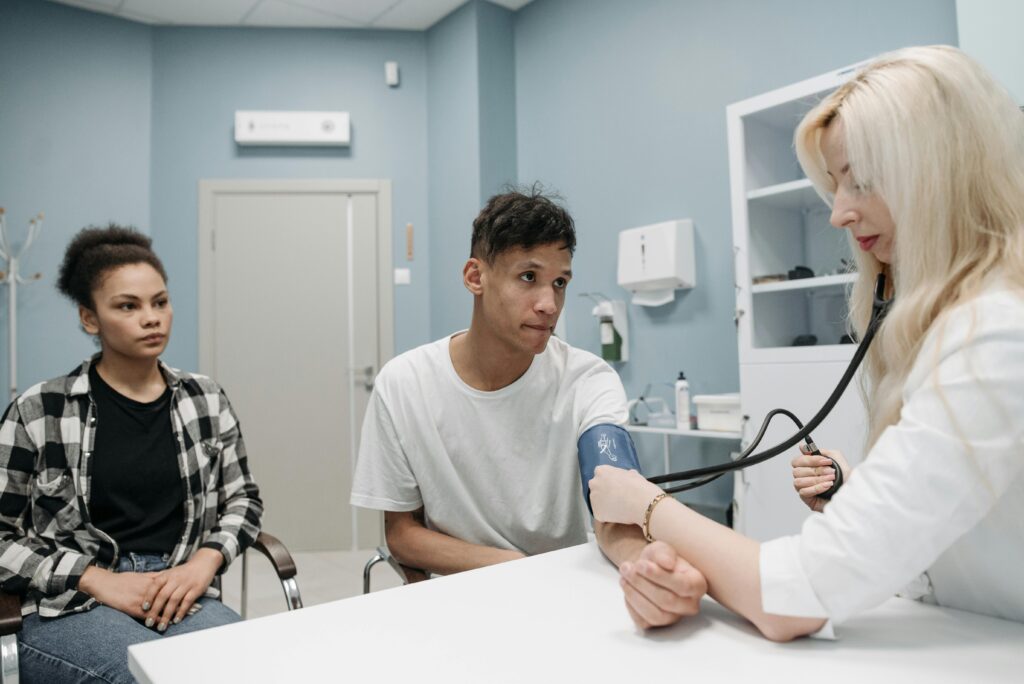Dear friends,
As more health systems than ever examine how to improve equity in health care, many tend to focus first and foremost in one place: within their own walls. They are, quite rightly, scrutinizing workflows, internal quality and safety practices, and patient experiences, trying to identify and correct inequities in access and quality of care.
But in order to do this work effectively, we have to broaden our scope. We need to look not only inward but also outward, to make sure that we tackle the social and structural drivers of inequities that impact people where they live and not just where they get care. And we need to do so in a cohesive way, through strategies that align the institutional pursuit of health equity with cross-sector campaigns to advance health equity for whole communities. That’s why it’s time for Health Equity Improvement Zones.
A Health Equity Improvement Zone is a set of census tracts, within counties, where residents experience a disproportionate share of identified inequities for priority health conditions. In these zones, health plans, healthcare systems, public health departments and community-based organizations can organize and align their work to identify and eliminate specific health inequities—effectively broadening and deepening their impact by place.
If the pursuit of health equity is predominantly a pursuit of reducing inequities that occur in the healthcare system, those are healthcare inequities, not health inequities. Health begins outside the clinic walls. So the pursuit of equity has to be place based—addressing inequities experienced by whole communities and not just by people when they receive care.
Macro-level strategies to organize stakeholders and resources using this model have already begun. The state department of health in Rhode Island, for example, currently supports 10 Health Equity Zones with more than $10.4 million in public health funding to help community networks develop sustainable infrastructure and support community-identified needs in order to positively impact social determinants of health.
As states experiment with these approaches, HealthBegins is working with health plans, especially Medicaid managed care organizations, and health systems to adapt and implement this model to improve health equity, including racial equity, for key performance measures.
Making these zones work requires several steps, including:
- Prioritizing a population, a place, relevant performance measures, and a specific set of health inequities to address. These are fundamental data-driven steps in HealthBegins’ “Upstream Approach,” an approach we’ve used for years and will continue to advance in 2022 through learning collaboratives and sprints.
- Coordinating staff from internal departments—including quality improvement, population health management, data analytics, DEI, and community benefits—to work in cross-departmental teams and with community partners to design and pursue geo-targeted, equity-focused improvement efforts.
- Aligning payments and incentives to ensure that value-based payment models center equity, and to align them with outcomes-based financing streams that support multi-sector collaborative action in geographically defined communities. (Check out this example and our recent newsletter explaining how place-based and equity-based payments are the next frontier for value-based payments.)
We’re working with vanguard health plans and health systems across the country to define and mobilize action in health equity improvement zones this year. If you’re interested in working with us, please don’t hesitate to get in touch. And wherever you are, don’t feel constrained in your pursuit of equity by the walls around you. If you’re reaching outside your walls to create relationships and advance health equity strategies rooted in real places, you’re on your way upstream.
With gratitude,

Rishi Manchanda, MD, MPH.
Featured content
Providing Health Equity for Immigrants in a Time of Crisis
This moment presents an opportunity for healthcare leaders to harness the national attention focused on immigrant care to build investments, policies, and protections to improve care for these communities long-term.
HealthBegins Brief: Addressing Climate Health Inequities With The Community Health Needs Assessment
This HealthBegins Policy and Practice Brief invites every healthcare organization to immediately begin addressing the impact of climate change on health at the community level and with community participation.
Immigration Enforcement in Healthcare Settings: How to Prepare and Respond
Many of our healthcare partners are asking how they should prepare for potential ICE encounters on their premises and respond in the interim to concerns among patients and staff. These questions, answers, and resources provide some guidance.



